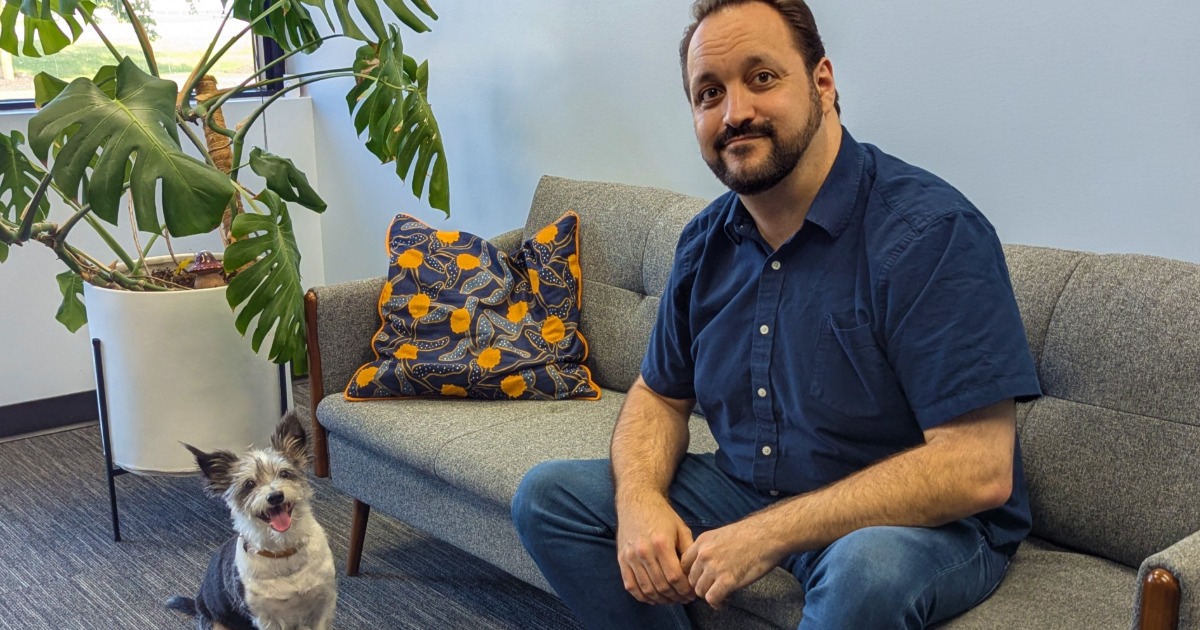Among the commenters publicly weighing in on the meaningful use Stage 2 notice of proposed rulemaking (NPRM), the Robert Wood Johnson Foundation (RWJF) focused on public and population health (PDF).
Government Health IT Editor Tom Sullivan spoke with RWJF senior program officer Michael Painter, MD, about the promise of an electronic records and exchange infrastructure to advance public and population health, the foundation’s thoughts on what a Stage 2 final rule ought to look like, some of the flare-ups during the public comments period, and the balance federal agencies have to strike between pushing hard enough to effect substantive change and not pushing so hard that health entities cannot react.
Q: What’s the big picture on how Stage 2 can bolster public and population health?
A: One is the fact that the rule directly highlights the importance of this electronic healthcare record infrastructure in support of improving and optimizing population health, maintaining public health. And in the proposed rule for Stage 2 some specific things like reporting directly to public health agencies. It’s important for the public health infrastructure to be able to get ready to receive the electronic information and to be able to act on it. And they’re in the process of doing that as well.
Q: What needs to change in the Stage 2 NPRM to advance public health?
A: The rule is big but with regard to public and population health our specific recommendations were more laudatory about the proposed changes than saying they missed the boat in any particular way. We supported the flexibility to move public health measures from a menu to a core measure. We liked the goal of requiring reporting to a public health agency. Even if not specifically required by law, that was the notion. And then we had some more suggestions to ensure that – not just inhibited by customer practice but specifically prohibited by law. Otherwise we think folks should use the EHR to do that kind of reporting. Those changes were really on the margin and we thought the proposed rule when it comes to public and population health was really right on target, for the most part.
Q: There are some challenges particular to public health agencies, several of which have to do with health information exchange – submitting immunization and syndromic surveillance data to PHA’s, for instance. What are the main HIE challenges public health agencies face?
A: Information exchange in the big picture is extraordinarily challenging. It isn’t remotely simple on the healthcare side and then when you try to expand it to population health and the public health side, it isn’t either because they might not have the direct connections, even cultural or professional connections, to those using the electronic health record. We have to get all those in place as well.
[See also: Big data and public health, part 2: Reducing unwarranted services.]
So on the healthcare side, institutions such as hospitals and clinics can do everything in their power to connect up and start meaningfully using, but that doesn’t mean that the rest of the care partners in the sphere are doing the same thing, so that’s why they’re taking this coordinated exchange emphasis. When you add in public and population health – which historically hasn’t done as good a job at bringing all those factors together and thinking holistically about all this as we should and as they’re starting to do in this rule – that makes it more challenging to exchange information in the public health sphere, even more so than it is in the healthcare sphere. We do not have that even remotely solved in healthcare.
Q: Which brings up another point RWJF mentioned in its comments, that being coordinated care. Is that more of a cultural problem in PHAs than a matter of technology itself?
A: As is often the case, the technology challenges can be really hard but adapting to the cultural changes can be even harder as you suggest. In many respects the care coordination and getting information to those along the continuum of care is technically hard, but we can probably solve that. We have this even bigger challenge to get people to work in ways that they haven’t worked, with other professionals; with their customers – the patients and consumers; with the public.
That’s a big difference so we’re kind of seeing some flare-ups in the comments around patient engagement saying ‘Well, we can’t possibly give you downloaded information on a patient within the timeframe suggested because we just technically can’t do that.’ But it’s a cultural thing because if they really wanted to do it they probably could. And that’s why we’re suggesting that the agency stand firm on the number of patients that are expected to see downloaded material and the timeframe. There really is no technical reason that this cannot happen.
Q: And there certainly are physicians out there already doing that, or even providing patients a copy of their medical record at the end of every appointment, albeit as the exception not the rule today …
A: So it can be done. It can be done if we place a high enough priority on it. We think it’s important to place that information into the hands of patients, the healthcare consumers.
Q: So what can HHS, CMS, ONC do to foster that sort of cultural change?
A: We tried to give them a round of applause and recognize the way they’re doing this because of the trickiness here. They have to walk this balance between pushing hard without pushing so hard that they overstep the ability for hospitals, clinics, physicians to respond, so they have to balance between the urgency of getting this to happen and with the capabilities of the system to react. I’m a physician, I’ve practiced, so I know what that’s like, but it’s relatively easy for me to say that ‘it’s technically easy so let’s just do it’. It’s a lot harder in a busy practice to change the way you’re doing things, but we have to do that. We thought the agency pretty much struck the right balance between pushing hard but also recognizing that there is a continuum of capability to react to these pretty revolutionary changes even though one might look at it and say ‘it’s not that revolutionary’ but it actually is. The direction and the vision is spot on. The agencies are a big player and they can help all the leaders of the healthcare system map out a vision and help us make progress in that direction.
Q: Another topic of focus in RWJF’s comments is quality measures…
A: There’s an important point about clinical quality measures and taking every opportunity we can to push the envelope on using the adopted electronic health record infrastructure as well as pushing hard on the exchange infrastructure to make progress on getting better quality measures than we currently have. We have a lot of them, but we need better ones to talk about results that matter to patients and consumers, purchasers of healthcare. We really need that stream of clinical information coming into the measurement system to prompt this electronic infrastructure to help us do that. So anything the meaningful use rule can do to advance that is really important.
[Commentary: Inside the MU Stage 2 NPRM: 'A difficult balance'.]
The other thing is a pair of projects at the frontier of patient engagement; one is called Project Health Design, the other is Open Notes. The first looks at patient portals and patient-oriented tools to deal with patients’ health information, and the second is to allow patients to see their notes. What we’re finding from our surveys and studies concerning both of those is that patients are very, very interested in getting access to their information. They’re not afraid of it, and they’re kind of getting ahead of the health profession, so the rule doesn’t really incorporate that. We’re encouraged where they push the envelope a little bit on patient engagement but we think in this one and subsequent editions they should not be afraid to push hard on that.
Q: A question that I ask a lot of people – and U.S. CTO Todd Park is a big driver of this whole idea of data liberacion – but even health data that is about me doesn’t belong to me today. Why isn’t it mine?
A: Exactly. We made that point. Everything we’re talking about, EHR adoption, exchange, meaningful use, is collecting information that’s essentially the public's. It’s about them and it is theirs. We have to keep that in mind: It’s not the doctor’s information, it’s not the hospital's, it’s about you and it is yours. And people are really eager to get that information.


